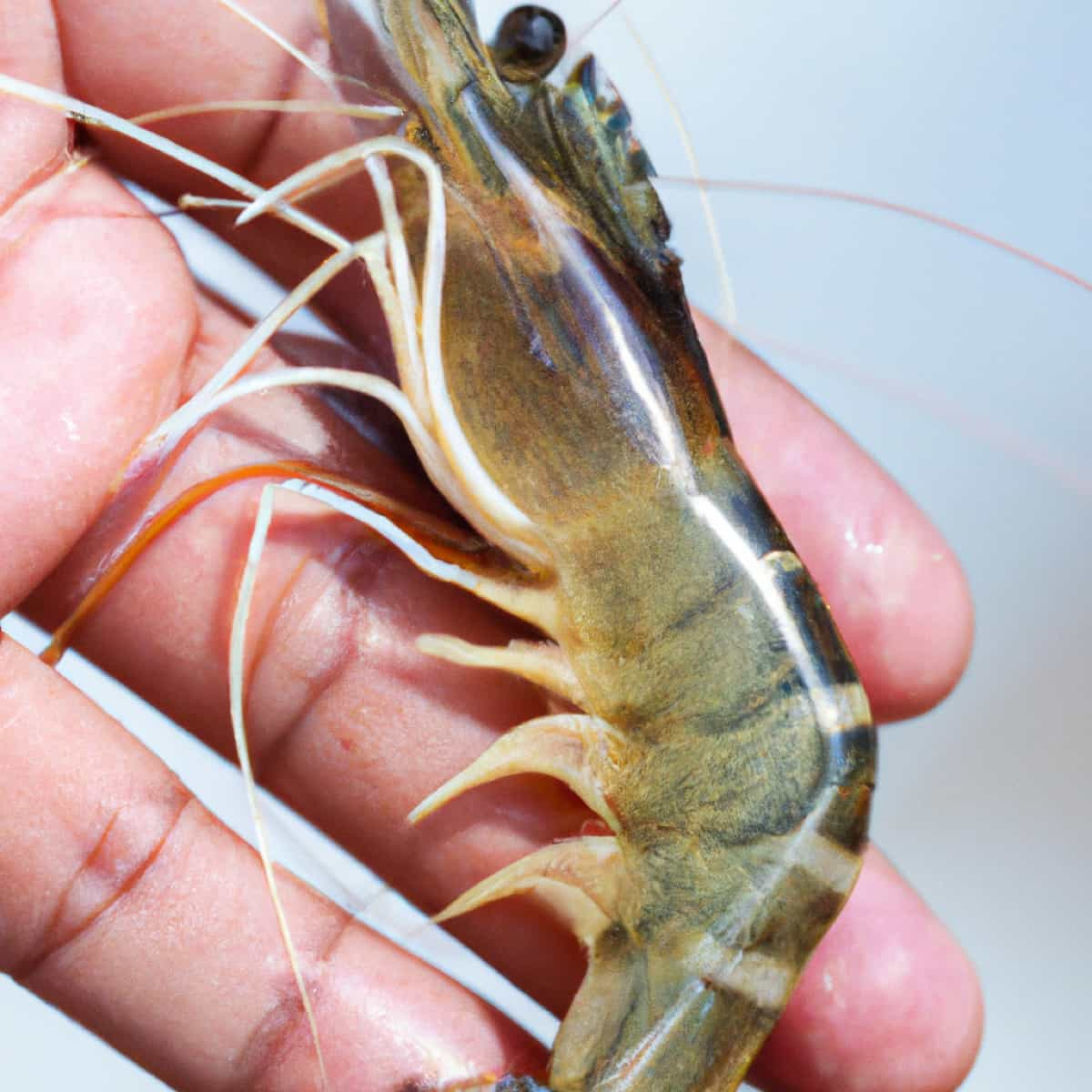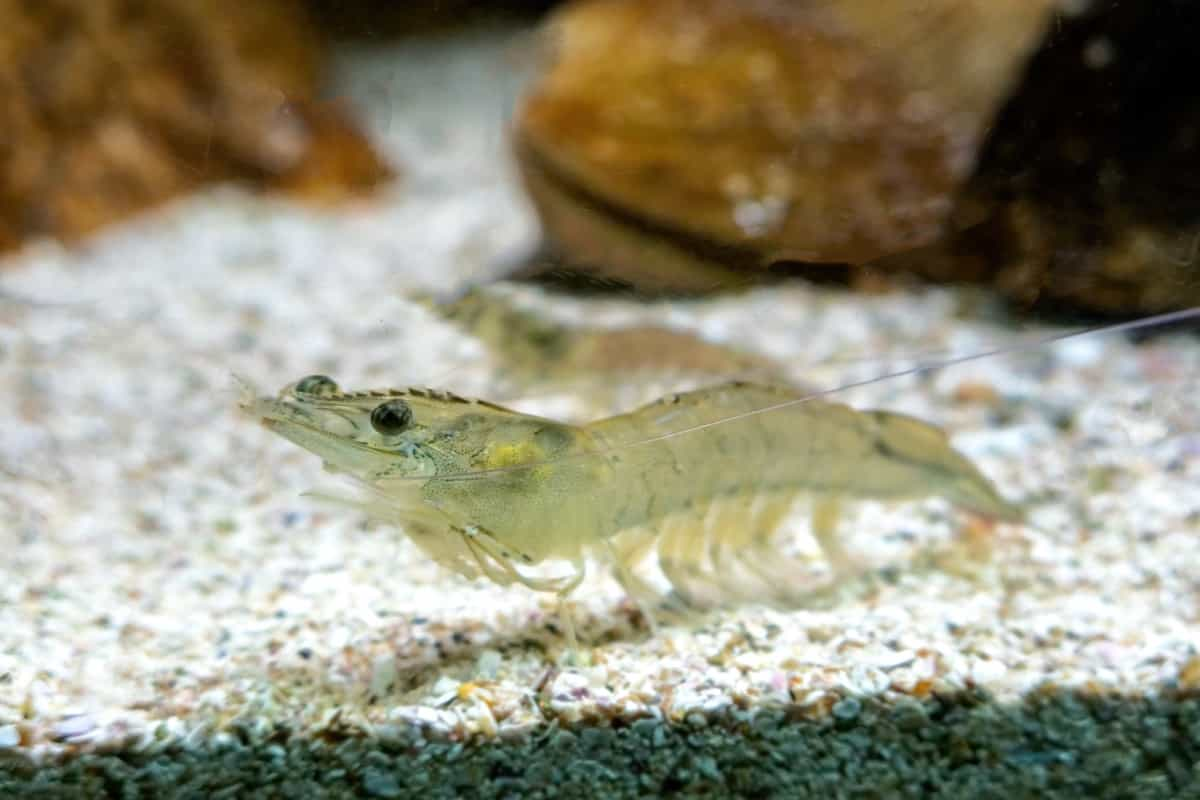Vannamei shrimp, also known as Pacific white shrimp, has become one of the most popular aquaculture species because of its fast growth rate and high market demand. However, maintaining optimal water conditions is essential for their health and performance. Maintaining excellent water quality is paramount for successful Vannamei shrimp farming.

Vannamei Culture Water Management
Best Water Quality Parameters for Vannamei Culture
- Water quality is a crucial aspect when it comes to successful Vannamei shrimp culture. Specific water parameters must be maintained to ensure optimal growth and health of the shrimp.
- One important factor to consider is the pH level of the water. Monitoring and adjusting the pH regularly ensures it remains within this range.
- Another vital parameter is dissolved oxygen (DO) levels in the water. Shrimp require adequate oxygen for respiration, so maintaining high DO levels is crucial. Proper aeration techniques can help maintain optimal oxygen levels in the ponds.
- Ammonia levels are another critical factor that needs best management practices in Vannamei culture. High ammonia concentrations can be detrimental to shrimp health.
Effective Water Exchange Strategies in Vannamei Farming
Effective water exchange strategies are crucial for successful Vannamei farming. One strategy is to implement partial water exchange, where a portion of the pond water is replaced with clean, oxygenated water. This helps maintain optimal water quality and removes any accumulated waste or toxins.
Another effective strategy is intermittent flooding, which periodically drains the ponds. This helps flush out excess nutrients and prevent the buildup of harmful bacteria or algae that can negatively impact shrimp’s health. Maintaining proper flow rates in the culture system is also important. Adequate water circulation ensures that oxygen levels remain high throughout the pond, promoting healthy growth and development of Vannamei shrimp.
Optimal pH Levels for Vannamei Shrimp Culture
- Optimal pH levels play a crucial role in Vannamei shrimp culture. Maintaining the right pH range ensures the well-being and growth of these aquatic creatures. Shrimp farms strive to maintain a pH level between 7.5 and 9.0, which is ideal for their cultivation.
- Farmers implement techniques such as liming or adding lime-based products like calcium carbonate or dolomite into ponds with low acidity levels to optimize pH levels. This helps neutralize acidification and raises the overall pH.
- Additionally, regular monitoring of pond water quality allows prompt adjustments if there are any fluctuations in pH levels beyond optimal ranges. This proactive approach ensures a stable environment conducive to Vannamei shrimp culture.
- Maintaining optimal pH levels is just one aspect of successful Vannamei shrimp farming; however, it is an essential factor contributing significantly to their overall health and productivity.
Managing Ammonia Levels in Vannamei Culture Ponds
It is crucial for the health and growth of shrimp. Ammonia is a toxic compound that can accumulate in the water due to various factors, such as excess feed, waste, and decaying organic matter. High ammonia levels can lead to stress, poor growth, and even mortality among shrimp. To effectively manage ammonia levels, regular monitoring is essential.
Proper feed management in shrimp culture practices plays a significant role in preventing excessive ammonia production. Regular water exchange or partial water renewal helps dilute accumulated toxins like ammonia from the system. If done correctly, it refreshes the pond environment and improves overall water quality without causing sudden changes that may shock or stress the shrimp.
In case you missed it: From Hatcheries to Harvest: Best Management Practices in Shrimp Farming

Water Temperature Control in Vannamei Farming
- Maintaining optimal water temperatures is essential for the health and growth of these crustaceans.
- Lower temperatures can slow their metabolism and growth, while higher temperatures can lead to stress and disease susceptibility. To ensure proper temperature management, farmers utilize various techniques.
- One common method is using shade nets or covers to protect ponds from excessive sunlight and heat. These structures provide shade and help maintain cooler water temperatures during hot weather conditions.
- Another technique is the implementation of cooling systems such as chillers or evaporative coolers. These devices help lower the water temperature when it rises above the desired range.
Aeration Techniques for Maintaining Oxygen Levels in Vannamei Ponds
- One commonly used technique is mechanical aeration, which uses aerators to agitate the water surface. This increases oxygen transfer from the atmosphere into the pond. Electric or air compressors can power aerators, creating bubbles that enhance gas exchange.
- Another effective method is paddlewheel aeration. These devices consist of rotating blades that create turbulence in the water column, promoting oxygen diffusion. Paddlewheel aerators are popular due to their energy efficiency and ability to cover large areas.
- In addition to mechanical methods, natural aeration can also be utilized. This involves harnessing wind power through strategically placed windmills or constructing ponds near natural water bodies with strong currents.
Preventing and Managing Waterborne Diseases in Vannamei Culture
One effective way to prevent waterborne diseases is by implementing strict biosecurity measures. This includes regular disinfection of equipment, proper waste management, and controlling the entry of potential disease carriers into the farm. Maintaining good water quality is also essential. Regular monitoring of pH levels, ammonia concentrations, and oxygen levels can help identify any potential issues before they become major problems.
Proper filtration systems should be in place to remove harmful particles or pathogens from the water. Another important aspect of disease prevention is stocking healthy and disease-free shrimp juveniles. Quarantining new stock before introducing them to existing populations can help limit the spread of infections.
Water Filtration and Purification Systems for Vannamei Shrimp Farming
One commonly used filtration system is mechanical filtration, which uses screens or filters to trap solid particles such as uneaten feed and waste physically. This helps prevent water turbidity and maintains clarity in the culture ponds. Another important aspect of water purification is biological filtration. This process involves using beneficial bacteria that break down harmful substances like ammonia into less toxic compounds.
By maintaining a balanced microbial community, biological filtration aids in keeping the water safe for the shrimp. Chemical filtration methods can also be employed to remove specific pollutants from the water. Activated carbon filters are often used to adsorb organic compounds that may be present in excessive amounts.
Salinity Management in Vannamei Culture: Balancing Freshwater and Seawater
- Salinity management plays a crucial role in the successful culture of Vannamei shrimp. These shrimps are known for adapting to a wide range of salinities, but maintaining the right balance of freshwater and seawater is essential for optimal growth and health.
- The quality of your water source will determine its initial salinity level. Choosing a reliable source that provides consistent levels suitable for shrimp farming is important.
- Monitoring salinity levels regularly is vital in ensuring proper balance. Too much salt can lead to stress and poor growth, while too little salt can negatively impact osmoregulation in the shrimp. Therefore, regular testing and adjustment should be carried out based on the specific requirements of Vannamei shrimp farming.
In case you missed it: Top 10 Common Mistakes to Avoid in Shrimp/Prawn Farming

Water Quality Monitoring and Testing Methods in Vannamei Culture
- It plays a crucial role in Vannamei shrimp culture. By closely monitoring the water parameters, farmers can ensure optimal conditions for their shrimp and detect any potential issues before they become major problems.
- Regular testing of water quality parameters such as pH, ammonia levels, temperature, salinity, and oxygen levels is essential. This can be done using various techniques, such as handheld meters or electronic sensors that provide accurate readings.
- In addition to routine testing, visual observation of the water quality is also important. Farmers should watch for signs of turbidity, foam formation, or unusual odors indicating contamination or poor water conditions.
Conclusion
Water quality plays an important role in the health and performance of these shrimp, making it imperative for farmers to prioritize its maintenance. From maintaining optimal pH levels to managing ammonia levels and controlling water temperature, every aspect of water quality directly impacts the overall well-being of Vannamei shrimp.
- Feed Your Flock for Less: Top 10 Tips to Save on Chicken Feed
- Ultimate Guide to Ossabaw Island Hog: Breeding, Raising, Diet, and Care
- Hatching Answers: The Top 10 Reasons Your Chickens Aren’t Laying Eggs
- Eggs and Economics: Breaking Down the Cost of Raising Backyard Chickens
- Defend Your Greens: Proven Methods to Keep Iguanas Out of Your Garden
- Ultimate Guide to Cinnamon Queen Chicken: A Comprehensive Guide for Beginners
- Ultimate Guide to California Tan Chicken: Breeding, Raising, Diet, Egg-Production and Care
- Ultimate Guide to Marsh Daisy Chicken: Breeding, Raising, Diet, and Care
- 10 Types of Chicken Farming Businesses You Can Start for Profits